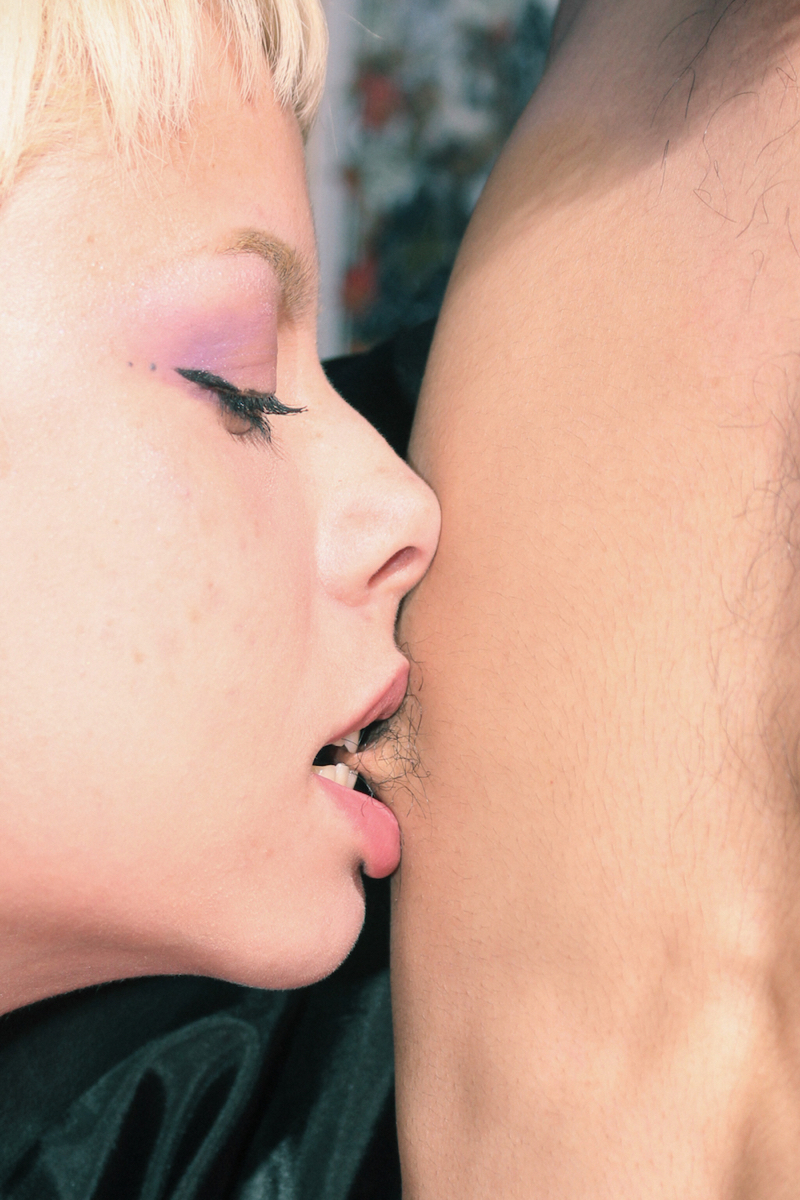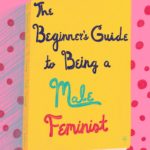In addition to S/S 2018 menswear shows sending models down the runway in skirts, on the…
BDSM
And Being a Bad Bitch9 October 2018
Who do you think of when someone says BDSM? The now-cliche virginal Anastasia Steele being toyed with by a borderline sociopathic billionaire? Dita Von Teese winking knowingly into the camera, trussed up in leather rope with a riding crop between her teeth? Kinky catlike latex-wearers dripping hot wax on each other in a seedy Saturday night sex club?
Or is it the girl-next-door in the raincoat sat opposite you on the bus? The well-groomed man in chinos buying ketchup and cat litter at the store? The student in the library, or the parents of three kids who carve out a little time for themselves once a week?
BDSM’s rep (bondage, discipline, sadism and masochism, for those not in the know) has had a wild ride of late. After decades of being seen as a niche fetish – or through more conservative eyes, a perversion – it edged into popular consciousness thanks to movies like 2002’s The Secretary before beating its way into the mainstream following The Book That Shall Not Be Named.
Suddenly, the global conversation shifted to trying out tying up and bulk-buying nipple clamps. Sex shops recorded all-time high profits. Sadomasochism became a dinner party talking point.
Simultaneously lauded and derided, some credited BDSM’s rise in popularity with increasing sexual liberation and the shaking off of the last vestiges of stuffy Victorian moralising. Others decried it as the pitiful result of a male-focused pornified society gone mad, claiming that BDSM within relationships is dangerous, can all too often spiral toward abuse, and that male as master, female as submissive roleplay is a reinforcement of the patriarchal power structures that dominate life outside the bedroom.
But kink is not a modern development. BDSM has been a part of human history since pretty much the dawn of time. The Romans and ancient Greeks spent the majority of antiquity whipping each other into a sexual frenzy, and the Indians, who pretty much defined the art of fucking, wrote multiple chapters on rough sex into the Kama Sutra. We humans are a beautifully fucked up species, and our collective fascination with taboo, power play and a little light sadomasochism weathered the sexual repression of the Middle Ages and Victorian era to rise again in the 21st century like a PVC-clad phoenix.
As is often the case when niche lifestyles find their way into the spotlight, questions are being asked as to whether this bird should be allowed to fly in 2018. In the wake of third-wave feminism, the #MeToo movement, and global discussions on the importance of consent and the dangers of violent porn, is it OK to big up BDSM? Is it possible to be a feminist and enjoy being submissive to a man within a heterosexual cis-gendered relationship? How do men navigate the tricky waters of toxic masculinity, gender norms and the urge to be submissive themselves? Can BDSM only be feminist if the woman is taking control?
We talked to three people who currently engage in BDSM relationships. They told us that yes, it is completely possible to be a feminist and a submissive, no, sadomasochism is not a one-way ticket to intimate partner violence, and that BDSM is definitely about more than just sex.
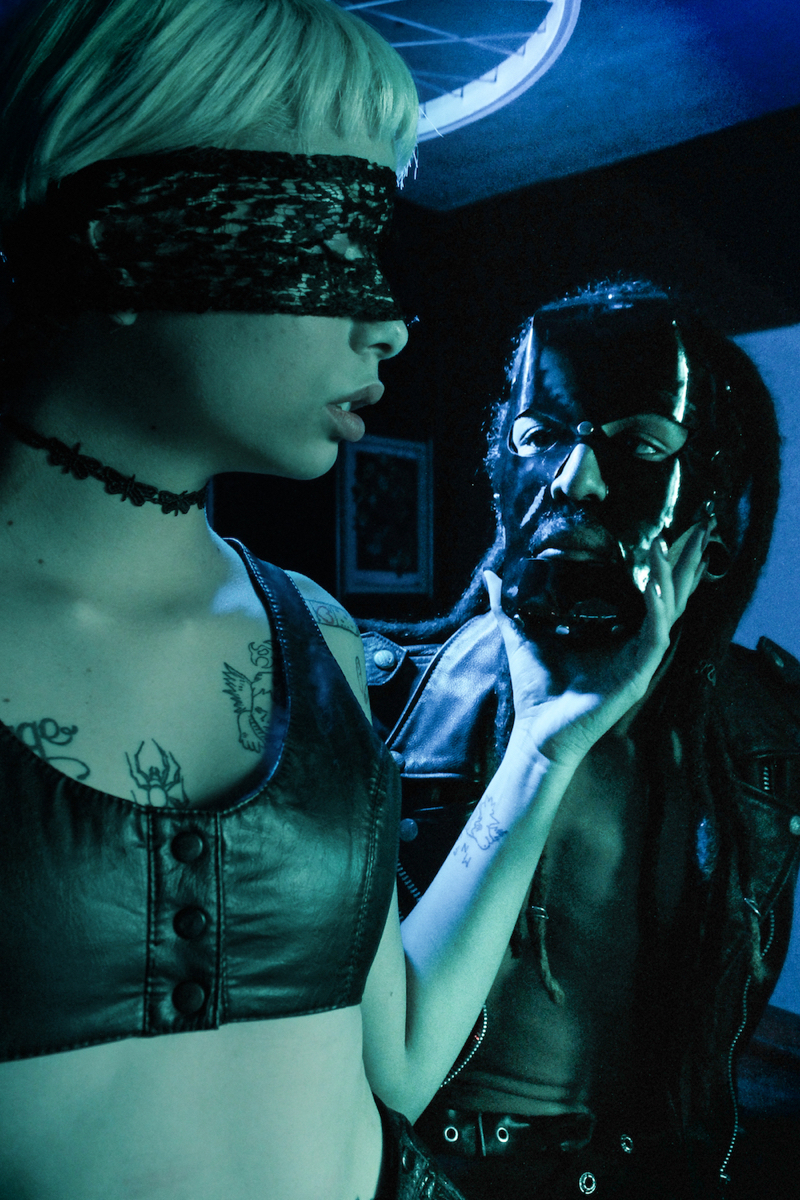
Serena, 26, is an artist from London who performs under the name Glittasphyxia. Bondage plays a large part in her work.
I was always curious about BDSM. I onced asked an ex-partner to tie me to the bed and they told me I was weird. But then I hooked up with someone who told me about Fetlife, a social network site for kinksters. I created an account, went to a Munch (a meet-up for kinksters), and it went from there. I’m adrenaline junkie and have a vivid imagination. I’ve always known this, so being drawn to kink makes sense.
At first I assumed I was a ‘submissive.’ I identify as a women, and women are generally portrayed as filling that role. My first few experiences were with Shibari, an ancient Japanese form of rope tying. This was in an informal class, where it’s very much about the rope, the tying. People always assume BDSM is about fucking, and it gets tiring to explain that it extends so much beyond physical acts.
The more I explored the more I realised that I’m not just ‘a sub.’ I’m more switchy, with a strong sadomasochist streak. For a while I think I found it uncomfortable, almost as though I couldn’t be feminine and a dom or want to be sadistic, but I’m beginning to embrace it now. Obviously you need to have good communication when you are the ‘top’ [the dominatrix], and trust that whoever is your bottom [the submissive] will tell you if they are not comfortable.
On the surface I guess I can see why people think that BDSM reflects patriarchal power structures. But the difference is quite simply consent. We, as women or individuals being oppressed, did not within society consent to this. Unfortunately so much about sex is dominated by men – all mainstream porn for example. Worse still is that much of this porn, which is not even classified as BDSM, depicts sexual violence against women.
Within kink communities, consent is such a crucial word. Most of my kink friends completely slam Fifty Shades of Grey because it does not show safe consensual BDSM play. It depicts sexual violence.
So YES. FEMINISM AND BDSM CAN SIT TOGETHER. IT’S CALLED CONSENT. Feminism recognises that as an individual you have the right and the choice to do what you want to do. I’ve learnt so much about communication, consent, trust, and respect through exploring kink, all qualities that are such a huge part of being a feminist.
The only person who is not being a ‘good feminist’ is the one judging the individual that is choosing to be into bondage and submission. Also wrapped up in this is this idea that being submissive is ‘weak,’ whereas it actually takes strength, commitment, and trust to submit to someone.
People get caught up in the idea that kink is all black leather and PVC. But this is a very limited stereotypical perception. I describe it as an extension of the games we played as children. In consensual play you can safely explore feelings and sensations that can be hard to achieve in ‘real’ life.
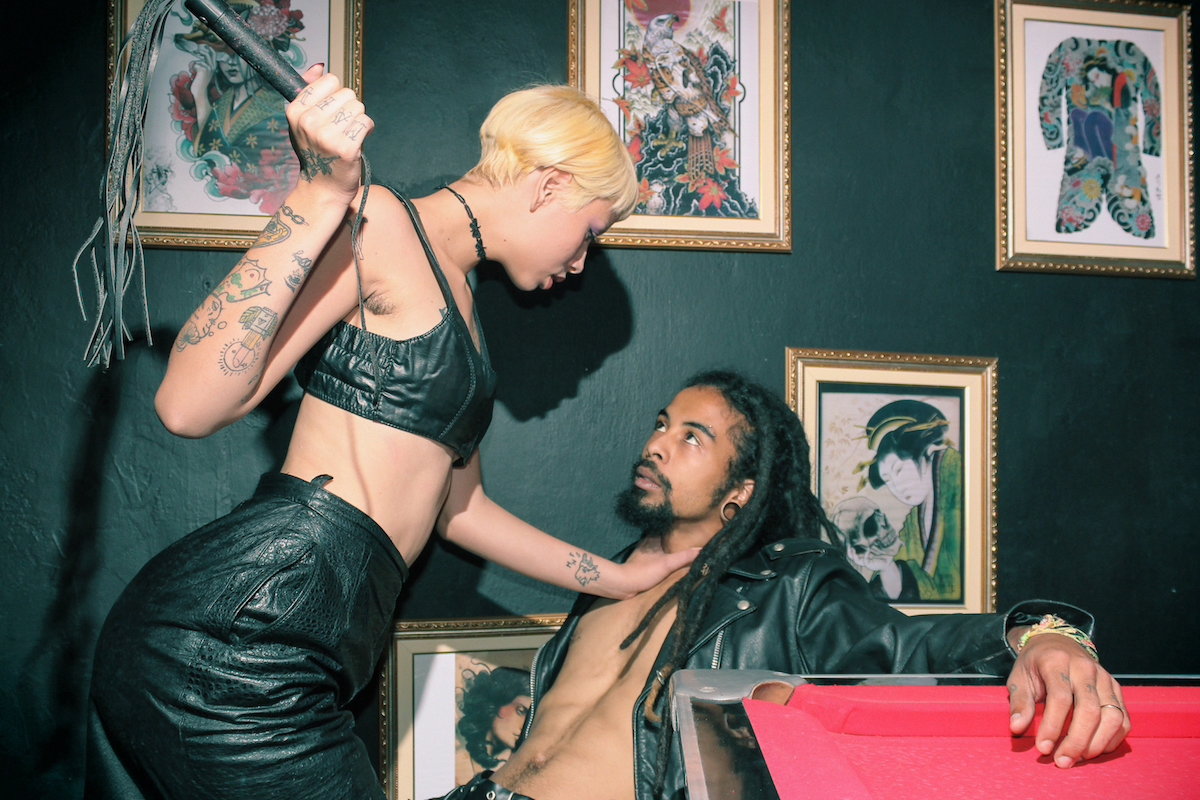
Anabela*, 29, is a Public Relations student from Lisbon who has been in a 24/7 BDSM relationship for over a year.
I’ve been into BDSM in some way for as long as I can remember. It’s a feeling I’ve had since I was a child, but at that age I didn’t know there was an exact term for those emotions. I had some kinky fantasies, the desire to feel protected and guided by someone, as well as the need to give all of my love and my soul to the ‘one.’ I wanted to be committed to one person on all levels.
I didn’t know much about BDSM, I’d just heard about a few of the basic concepts. As a teenager I read the Anne Rice novel Sleeping Beauty and saw that what I was thinking wasn’t that strange. However, I felt so frustrated by the so-called ‘vanilla’ relationships I had back then that I even considered remaining single. I felt empty and frustrated, even with myself.
My BDSM journey was all about rediscovering myself, not only sexually but on all levels. Some people perhaps need a session of, let’s say, kinky sex to discover different roles in their lives. For me it came naturally when I started my relationship with my Master because we didn’t set out to have a BDSM relationship. Neither of us had ever had one before, but just by playing we realised that we were acting out those roles both in and then out of the bedroom.
Submissive is a word that is often misunderstood. Some people believe that by being a submissive you are reticent and compliant with all people, which is not the case. A basic element of all BDSM relationships is having a “safe word” and establishing certain limits.
It is highly important to settle up a contract between the two (or more…) people in the relationship to define which practices are OK, which ones are not, the safeword to use, and whether the relationship is going to be purely bedroom-based or 24/7, which it is in my case. In that situation, it’s very important to being empathetic and comprehensive. I believe that there is a lot more connection and more talking in BDSM relationships. You can’t trust just anyone to do certain practices as they need to be as safe as possible.
People who argue that BDSM is inherently anti-women forget that it is a personal choice; a choice that has been discussed and argued and established. Ultimately, is the submissive with the safe word and the limits established, the one who is really in control of the situation. If there is something I don’t like, I will say it loud and clear with the safeword and, if my partner oversteps that limit, it is abuse, no excuses.
Nothing is done without permission or consent. All pain, either physically or psychological, is under consensus. It is important not to confuse unhealthy and abusive relationships with domination and submission, which is why it is important to be very careful about who you invite into the world of BDSM and not end up with some psychopath who only wants to use sadistic fetishes as an excuse to abuse someone. A 24/7 BDSM relationship is complicated to achieve and requires huge levels of trust and good knowledge of your partner.
I’d like to debunk that odd definition of BDSM as aggressive sex involving masks, vinyl, leather, and high heeled boots. BDSM is so much more than that. It’s a lifestyle.
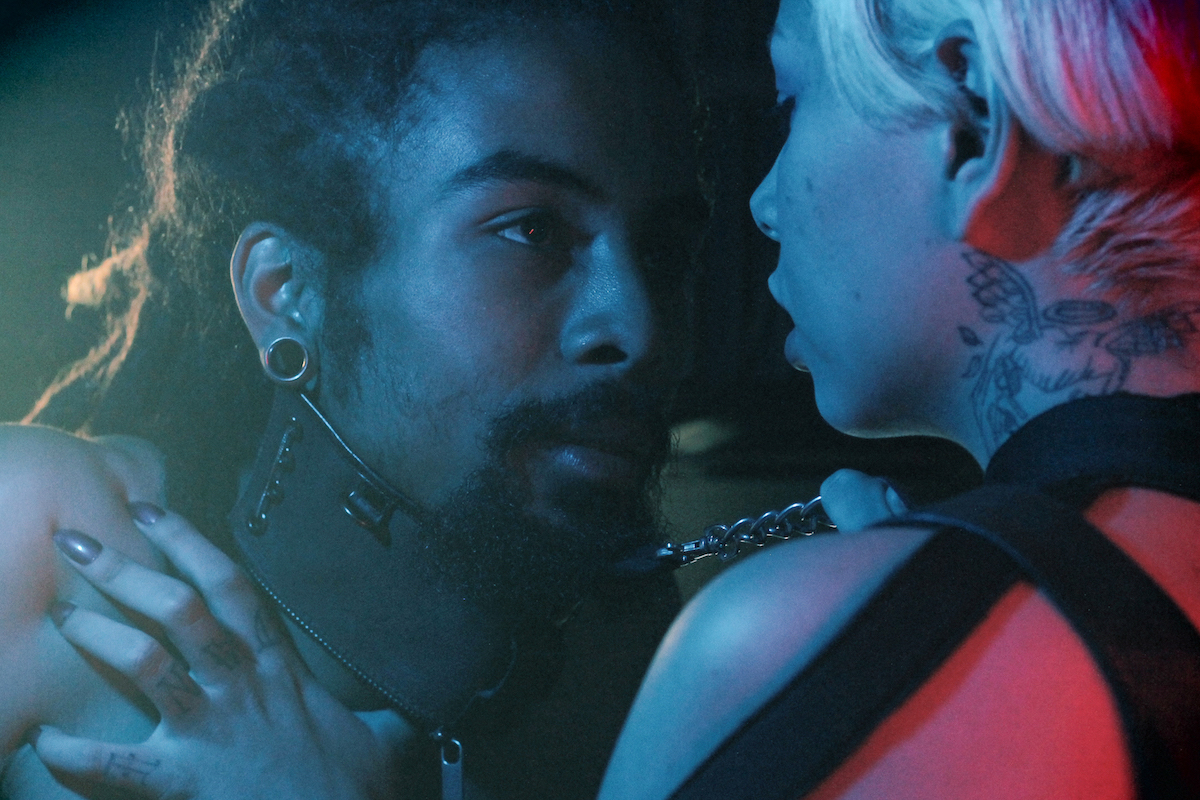
Henry*, 32, is a financial advisor from South Wales who dabbles in BDSM.
While I’ve never had a relationship that was primarily BDSM-based, a few partners have introduced elements into our sex life. It’s fun to experiment – I have played around with both sides of BDSM with long-term partners as well as within some shorter term arrangements.
It’s not core to my life or sexuality, but it can be fun. I tend to lean more one way than the other, towards domination. I think the power play involves a lot of trust and sometimes spending time in a sexually submissive role can conflict with the perceived idea of what a man should be. Despite knowing that toxic masculinity and the idea of a man being X or Y is harmful, I certainly find it requires more trust to admit to desires outside of the gender norms due to a lifetime of being shown one strict definition of manliness.
Communication is key within a sub/dom roleplay, as is constant consent. BDSM should not be an excuse for a person to make a partner uncomfortable and make them do something they don’t wish to do. BDSM in a relationship can be a huge example of trusting your partner and can allow a person to trust someone else to allow them in a role that may be different to how others or society as a whole can view them.
I’m not convinced by the argument that BDSM and feminism don’t sit well together, but I also wouldn’t dismiss it outright. I think at first it assumes that all BDSM in heterosexual relationships positions the man as the dominant party, which is untrue. Also I don’t think that a relationship where a woman trusts another person to be dominant over them is re-enforcing the patriarchy – the ideal is that in a relationship that power is freely given and can be taken back at any time.
However, those power dynamics can be abused. If someone is forced or pressured to take part that is a) abusive and b) reinforces those power structures. I have met more than one woman who described past relationships that sounded far closer to abuse than kink, for example someone not stopping after a safe word was used. This does happen in abusive non-BDSM relationships too, of course, but without the smoke screen of it being part of the play.
I don’t think it empowers women to tell them no, you can’t be in that relationship or role that you want because it too closely mirrors the patriarchy. I have female friends who lean towards submission in the bedroom who won’t take shit from anyone outside it.
I think it’s quite freeing for a person to be able to engage in the consensual sexual practices they wish. It’s important to remember that harm can also come from ‘normal’ relationships where it’s automatically assumed by some men that each person had a gender defined role.
BDSM is not something I really talk about much outside of the people I actually engage with sexually, in the same way that I wouldn’t go into detail with friends about ‘vanilla’ sex either because firstly I’m quite private about that (I see the irony here) and secondly I would feel I was betraying someone’s trust if I told a third party about the sex I have engaged in with them.
The key is respect, and remembering that – shock, horror – people who are into BDSM are also normal humans who value their privacy. Bear in mind – and I’ll be honest, this advice is mostly directed at men – that at first even very kinky people often won’t want to start a conversation about their sexuality with you.
Just because a woman is a sub, it doesn’t mean you get to treat her like shit and just because they are a dom it doesn’t mean they want to start a convocation with you grovelling at their feet. No one is going to want to get into the sometimes uncomfortable positions both mentally and physically that BDSM can arrive at if they don’t feel comfortable with you as a person. At the end of the day, who’s going to trust you to tie them up if you can’t even hold them in conversation?
_
*Identities have been changed.
Original photography by Evelyn Kosta for YEOJA Mag.
Models: Diana & Ricki
Collection: Casa Juisi & Brecho Pulse
Stylist: Barbara & Nico
Art Direction: Ohana Couto
For more art + culture articles, click here.



